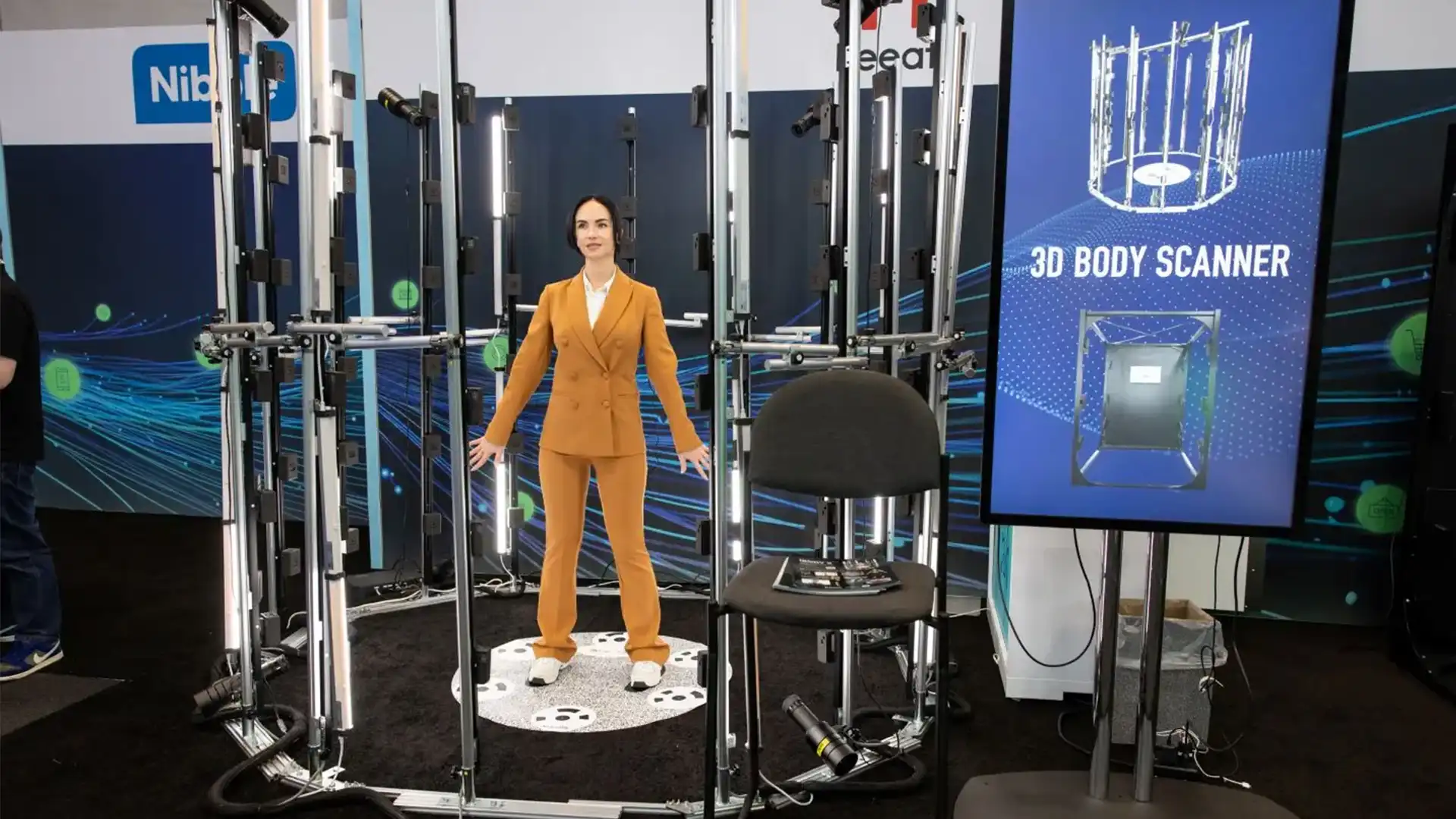Not yet on LinkedIn? You should be! Follow these steps to create the perfect, attention-grabbing profile.
1. Complete Your Profile
LinkedIn’s algorithm rewards users with complete profiles. You’re far more likely to show up in search results with a full profile. LinkedIn assigns different strengths to profiles based on their completeness, and there’s a “massive advantage” to being at the highest strength - “All-Star." Recruiters and hiring managers will look at your profile when you apply for their jobs via LinkedIn or anywhere else.
2. Focus on the Top
Recruiters are busy. There are many advantages to having a full profile, but you can’t expect everyone to read every word. You have to hook them from the start. Include your most important skills, experiences and qualities high up in your profile. This means focussing on your cover photo, profile picture, headline, summary and recent experience. Of those, your profile picture and headline are most important because these are the things “people see before they even click on your profile.” If you won a significant award or have a key certification, don’t wait until the “Accomplishments” or “Licenses & Certifications” sections to mention them. Add them to one of your top sections—as high up as is appropriate. The same goes for important keywords that matter in your chosen profession. Don’t let your most marketable skill get buried in your “Skills & Endorsements” section.
3. Customize Your URL
When you create a profile, LinkedIn automatically assigns you a string of numbers as a URL. But you can (and should) set a custom URL. Make sure it is easy to remember and share (because you should be sharing it a lot). Most people use their name and initials in some format, though you might need to get creative or add numbers if you have a more common name. You can also add key certifications like CPA (Certified Public Accountant) or PMP (Project Management Professional) to better optimize your profile.
4. Add a Cover Photo
The blank banner above your profile picture is where your cover photo goes. It’s the very first thing on your page, so you want to make a good impression. At a minimum, you should use an inoffensive image that means something to you—maybe a landscape view of your favorite place or something that showcases your brand. But you can also use a picture of yourself doing your job or customize a banner with words. You can add your website URL, a few of your key strengths, the services you offer, or even a meaningful quote, just keep it professional. If you want an easy tool to help design a cover photo, Canva has free, customizable LinkedIn banner templates.
5. Select a Professional Profile Picture
Gone are the days of needing a professional photoshoot to get a headshot for your profile image. Your phone has a high-enough resolution camera to ensure your picture is clear and crisp. But just because you don’t need an image taken by a professional doesn’t mean your photo shouldn’t be professional. You should be appropriately dressed and don’t use any image where you have to crop other people out. If you need a new picture, don’t overcomplicate it: Get in front of a blank wall and take a picture. You should be wearing professional attire, smiling and facing a natural light source (like a window). Finally, according to LinkedIn, you should aim for your face to take up about 60% of the image once it’s cropped.
6. Write a Headline That Rocks
Your headline is not just your job title. Instead, use that space to concisely communicate the core of who you are as a professional in a sentence or a few phrases. The more specific you can be about what sets you apart from the competition, the better. Highlight specific skills you have and write something “encompassing your professional career identity—who you are and where you want to go.”
For example: "NYS-licensed chemistry teacher specializing in hands-on learning with lesson plans that draw on 10 years working in a research lab."
7. Include a Current Job Entry, Even When Unemployed
When recruiters search on LinkedIn, one piece of information the platform uses to return results is your current position—and if you don’t have one, you might not appear. If you don’t currently have a job, you should add the position or positions you’re looking for (Social Media Coordinator/Assistant, for example), but add a line in the spot usually reserved for the company name that makes it clear you’re not employed, like “Seeking new opportunity” or similar.
8. Complete Your Intro
Don’t forget to fill out the smaller sections of your profile when applicable. They include:
- Former name: Use this section (if you’re comfortable with it!) to be searchable by names you no longer use, such as a nickname or maiden name.
- Name pronunciation: LinkedIn first introduced this feature through its mobile app, you might consider using it if you have a long, uncommon or difficult-to-pronounce name.
- Location: If LinkedIn gives you the option, use the nearest metropolitan area over a suburb or smaller city so that you show up in more searches. If you’re relocating, you can list your target city and expand in your summary.
- Industry: You can only pick one, so if you don’t have your search narrowed down to one specific industry, you can talk about additional ones in your summary.
- Contact info: You should definitely add your email address so that recruiters can reach you. I do not recommend including a personal cell phone number. When it comes to adding additional social media platforms, you should only add them if they’re professional and relevant to your job.
9. Use Your Summary Wisely
Your summary or “About” section is where you can really show your personality and share your unique story. Remember, it doesn’t need to be complex. Here’s how you might structure it:
- Introduce yourself. Who are you as a professional and what do you do? What value do you bring to the organizations you work for?
- Highlight your key skills, experiences and achievements in paragraph form or a bulleted list.
- Talk about who you are outside of work. This is optional, but you never know which of your interests might resonate with a recruiter, future employer or professional connection.
- Call the reader to action by asking them to connect with you to discuss growth marketing, contact you about job or speaking opportunities or do whatever you’re currently looking to get from your LinkedIn profile.
- Even if you follow this structure, there are infinite ways to write your summary. The "About" section is very personal. Write in the first-person perspective, and don’t be afraid to talk about what matters to you in a career.
10. Show Off Your Expertise or Best Work
Just below the “About” section is the “Featured” section, which allows you to showcase media, links and LinkedIn articles and posts at the top of your profile. Sharing the work or mentions that are most relevant to your personal brand and LinkedIn goals is a great opportunity to show your skills in action. If you have an online portfolio, the “Featured” section is a great, highly-visible spot to link to it.
11. Tailor Your Experience
While your resume should be tailored to each job you apply to, your LinkedIn profile should be tailored to the industry you work in (or want to work in). In your descriptions, emphasize the elements of your past experiences that are most relevant to the types of jobs you want. You can also include relevant volunteer work or school projects both in your experience section and the dedicated “Volunteer Experience” and “Education” sections.
12. Write Accomplishment-Driven Descriptions
In some ways, you can approach your LinkedIn profile as you would your resume: Rather than just listing your job duties under each entry in your experience section, you should be detailing your accomplishments. Each of your bullet points should describe not only what you did in your past jobs, but also how you did it, what the results were and how it impacted your team or company. Whenever you can, include keywords to show what vital skills you used and when. And quantify your experiences and achievements. Numbers will help recruiters see the scope of your work and make your accomplishments feel more specific. What’s more appealing? Someone who says they’re "proficient in Excel," or someone who says they’ve "built Excel spreadsheets that use pivot tables and filters to streamline a process and save their company 20+ hours a month"?
13. Add Links and Media
You can add links, images, videos and files to the entries in your “Experience” section as well as your “Featured” section. Use this to your advantage! Link to your company website, projects you’ve worked on, articles or reports you’ve published and anything else that can let recruiters see your work with their own eyes.
14. Make Sure Your Resume and LinkedIn Match
Your resume and LinkedIn don’t have to be identical; however, your past positions, companies, degrees, and licenses and certifications should match up—and so should the dates. Don’t contradict yourself. You don’t want hiring managers to think you’re dishonest.
15. Finish Strong
Underneath your work experience and education are additional spaces to show off your background and qualifications. Are you fluent in another language? Did you win a well-known award or write an article for a well-known publication in your industry? Are you licensed to practice in multiple states? Adding your licenses, certifications, projects, volunteer experiences, accomplishments and languages to your profile is a great way to showcase what makes you unique and helps you get in some additional keywords.














